SHARE THIS POST
With the ever-increasing concerns and pandemic potential of new and dangerous diseases, it’s critical to think about the effects of good medical equipment, especially ventilators, as they are most in demand right now. The medical-grade electronic display, for example, is a specialist improved display that not only passes tight certification criteria but also enhances the design above consumer-grade displays in order to increase safety, cleanliness, and accurate image reproduction. So, when we talk about ventilators, they have to go through the ISO 134850 certification to ensure the standard of the machine.
What is ISO 13485 certification, and why is it so important
Medical device designers and manufacturers must be aware of the stringent regulations and restrictions imposed by government officials. Medical devices are used for a wide range of purposes and can mean the difference between life and death for individuals who rely on them. The FDA in the United States controls medical devices, and firms must obtain ISO 13485 certification before designing or assembling them. Several safety requirements are included in ISO 13485 to ensure the quality and dependability of medical devices. Despite the fact that each country has its own set of requirements for medical device design and manufacture, ISO 13485 is the most widely used Quality Management System (QMS) standard for medical devices. While organizations in the United States must comply with both ISO 13485 and FDA regulations, the FDA intends to harmonize the two in the future. The FDA is designed to ensure high-quality products. This isn’t a product standard. ISO 13485, on the other hand, is a standard that is based on processes. These procedures, if followed, guarantee the accuracy of the results. ISO accreditation is given to organizations or corporations. Individuals cannot obtain ISO 13485 certification. One individual in a company, however, might be certified as an ISO 13485 Certified Lead Auditor.
Important Features of Ventilators
Sanitation
Medical monitors are designed with safety and hygiene at the forefront of the design process. These displays are frequently constructed with a flat panel design with few nooks and crevices that dirt or bacteria might hide. Most medical displays have an ingress protection rating, indicating that their shells are dirt, dust, and waterproof and may be sprayed and wiped with soap and water. Antibacterial and hydrophobic coatings are frequently applied to these displays. It makes them resistant to mold, viruses, and bacteria, as well as allows them to tolerate washing with more astringent detergents and sanitizers without being damaged.
Resolution
High-resolution medical screens allow skilled specialists to examine images in greater detail and make more accurate diagnoses. Current medical screens have resolutions of up to 4K (3840 x 2160 pixels) and sometimes even 3D images. Fine details become visible on higher resolution displays, and they can be observed without having to zoom in at the expense of the overall image. In addition to resolution, a 4K medical monitor with a high PPI (Pixels Per Inch) produces clearer images when viewed on a wide panel. Medical displays with 3D capability improve the fidelity of images produced by 3D imaging medical equipment like MRIs and CT scans. The confusion that can arise while rendering and flattening a 3D image on a 2D display can be reduced by viewing these types of images on a 3D monitor. Image: For correct picture reproduction without aberration, a high PPI density is required.
High brightness
Inside medical facilities, such as an operating room, the overhead lights are frequently highly white and extra bright. As a result, glare can be an issue when ordinary consumer screens are employed. Medical monitors use high-bright LED backlights that often surpass 1000 cd/m2 (a standard consumer display, such as a TV, is often limited to 500 cd/m2). A high-brightness medical display allows the projected images to cut through the glare of ambient light. If properly calibrated to DICOM calibration standards, a high-bright medical display will output a wider spectrum of greyscales, resulting in even better image quality.
Gloved touch & Resistive Display
Medical practitioners, for example, require the ability to use gloves at any time. They should be able to operate the touch panel even if their hands or the screen are wet, as the panel’s reaction should not be impaired. Another condition that isn’t immediately obvious but is equally crucial. Electro-Magnetic Interference is an example of this (EMI). You wouldn’t want any tampering with medical equipment, especially life-saving devices. As a result, EMI should not be emitted by a medical device. The International Electrotechnical Commission established EMI/EMC standards for medical electrical devices as a result of this. PCAP touch panels, for example, may appear to be the perfect fit because they are utilized in today’s most popular consumer gadgets. PCAP touch panels, on the other hand, emit and are disturbed by EMI, necessitating complicated tuning to meet EMI requirements. Resistive panels, on the other hand, emit very little EMI and are not EMI sensitive. Resistive panels are far more suited to medical devices than PCAP in this regard. However, this isn’t the sole benefit. Gloves or water drops do not affect resistive touch panels since they respond to finger pressure. There is no need to compromise because they will work in any situation. On the other hand, Capacitive panels must be calibrated to receive glove input, which can make them highly sensitive to the point where they can detect a bare finger before it touches the screen – making it more likely for incorrect inputs to occur. To deal with liquid drops on their surface, PCAP panels need to be tuned specifically. Moreover, the latest touch panels combine the benefits of resistive and capacitive touch screens in medical applications, with no tuning required.
Medical ventilators with LCD touch displays
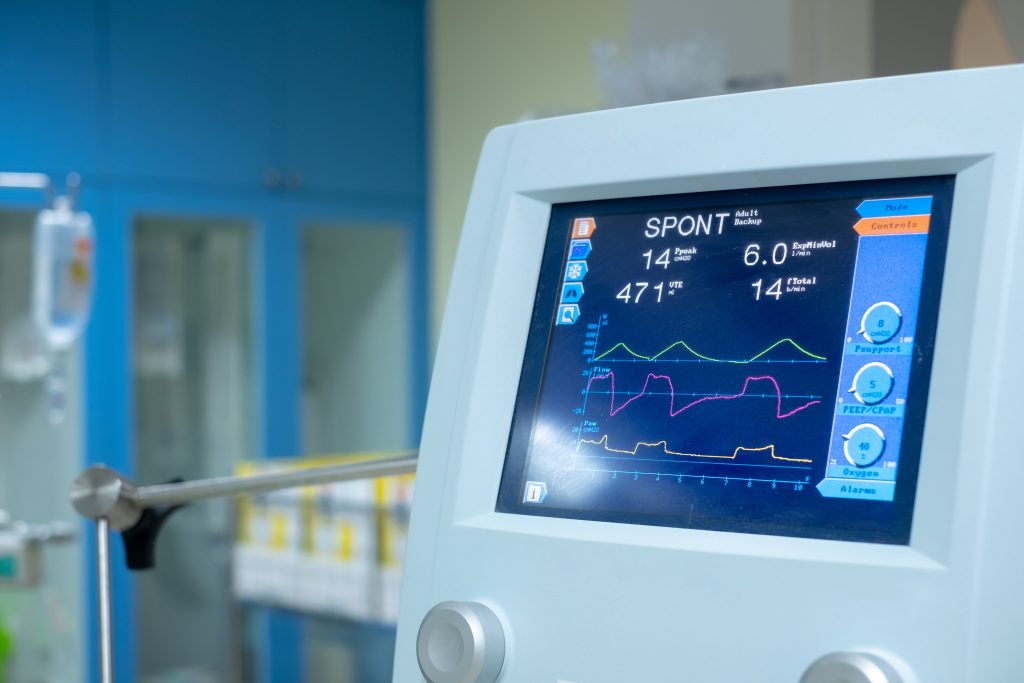 The ability to see the patient’s vital parameters in real-time has become an integral part of any medical treatment. As a result, many medical instruments now have LCD screens to make it easier to see the information. Among these, ventilators are prominent. Pressure and flow tracings are all produced by these devices. These figures are displayed on the screen in real-time. The clinical staff that handles this equipment must locate the settings, set the parameters based on the patient’s condition, and regularly check the readings, all of which are done using LCD screens. The three types of displays found in most ventilators are LCDs, OLEDs, and TFTs with touch panels.
The ability to see the patient’s vital parameters in real-time has become an integral part of any medical treatment. As a result, many medical instruments now have LCD screens to make it easier to see the information. Among these, ventilators are prominent. Pressure and flow tracings are all produced by these devices. These figures are displayed on the screen in real-time. The clinical staff that handles this equipment must locate the settings, set the parameters based on the patient’s condition, and regularly check the readings, all of which are done using LCD screens. The three types of displays found in most ventilators are LCDs, OLEDs, and TFTs with touch panels.
So, what is TFT?
TFT
The Thin Film Transistor (TFT) LCD module is also known as Active Matrix TFT LCD module. An array of thin-film transistors are formed on the glass in these displays. Each pixel on the LCD monitor corresponds to each transistor on display. These displays provide vivid, complex images and are tiny and light, making them ideal for use in ventilators and other medical devices.
Touch screen remote controllers for ventilators
A team of Johns Hopkins University of Medicine experts has developed a robotic device that will allow medical personnel to remotely handle ventilators and other bedside machines in patients with infectious diseases such as COVID-19 from outside the intensive care units. Initial trials—including one recently covered by NBC Nightly News—have shown how the system may be used to help hospitals conserve protective gear, limit staff exposure to COVID-19, and offer more time for clinical work. The need was found during March brainstorming sessions conducted by computer scientist Gregory Hager, director of the Malone Center for Engineering in Healthcare, which comprised robotics researchers and medical professionals from Johns Hopkins and the University of Maryland. Testing patients, disinfecting and cleaning, and operating ventilators in ICU rooms were all identified as bottlenecks in delivering care that could benefit from robotic solutions. The pandemic resulted in an influx of extremely contagious intensive care patients who required ventilators, infusion pumps, and other specialized medical equipment. Even for small modifications to machinery, medical employees must put on and take off protective gear every time they enter and leave rooms when treating such patients. Personal protective equipment is depleted as a result of the process. It also wastes time and resources because the practice necessitates the assistance of a second person to assist with the change of gowns, gloves, masks, and other protective gear. Inside a room, routine modifications usually take only a few minutes. However, according to Jonathan Cope, a respiratory therapist who collaborated with the study, putting on and removing gear added six minutes to the process. He claims that doing it ten times in a single shift wastes an hour that could have been spent on patient care. “For our frontline clinicians, this remote-control device will be a force multiplier,” Cope added. “Being able to save time in order to provide more treatment to more patients will pay significant dividends when we face massive patient surges during pandemics,” says the researcher. Although the technology may not be completed in time to aid in the fight against COVID-19, it will be valuable in the fight against other infectious diseases. According to a patent application filed through Johns Hopkins Technology Ventures, “it is immediately obvious that the necessity for such remote operating capabilities is not confined to one single disease epidemic, such as COVID-19.” A horizontal bar is placed across the upper edge of the ventilator’s screen to secure the robotic gadget. The bar acts as a stationary track for two thin vertical bars that extend the whole height of the screen to move back and forth. The operator’s tablet receives an image of the screen from a camera attached to the top bar. According to commands, a stylus it carries travels up and down —making when the vertical bars sweep across the screen, similar to how an Etch a Sketch’s sketching tool is controlled across an X-Y axis.
Bottom Line
Strict certifications, unique calibrations, sanitization and ingress protection, simplicity of access and compatibility, and high brightness and contrast combine to create a monitor that is ideal for usage in life-saving situations. Medical monitors are widely utilized in the healthcare industry, whether by healthcare professionals or patients. The capabilities of the monitors required to display imaging techniques will only improve as imaging techniques evolve.

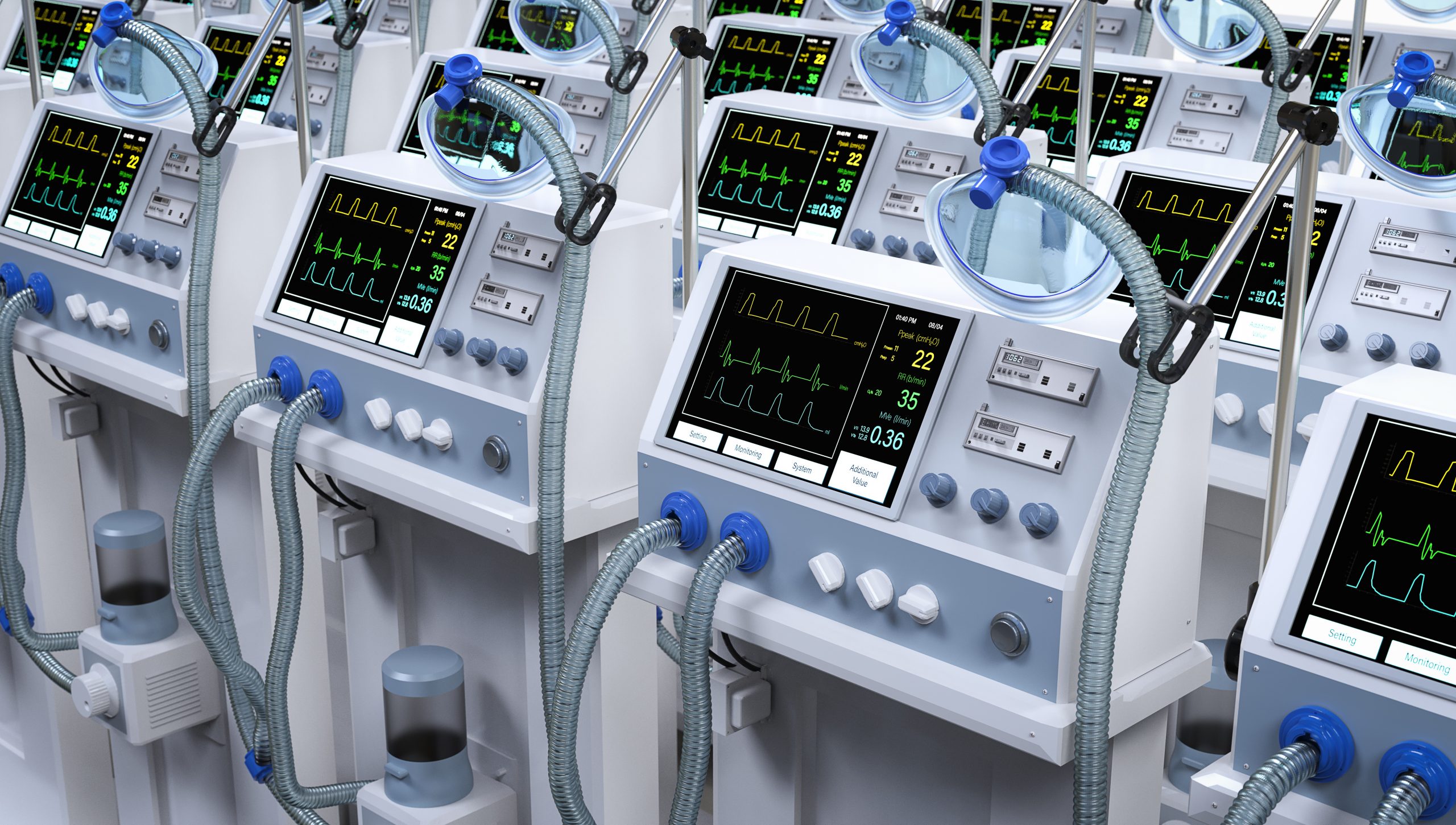

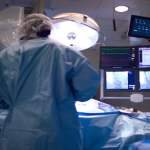

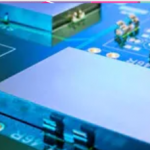
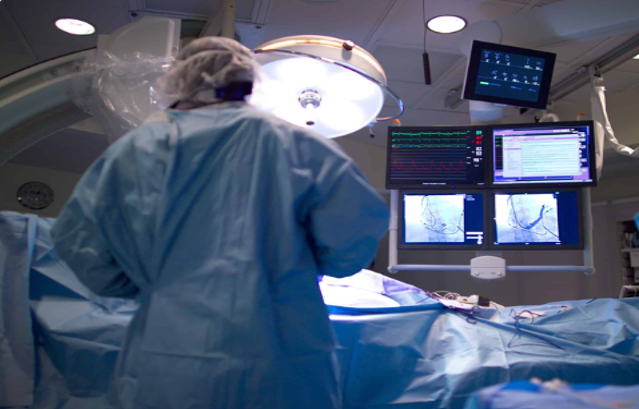
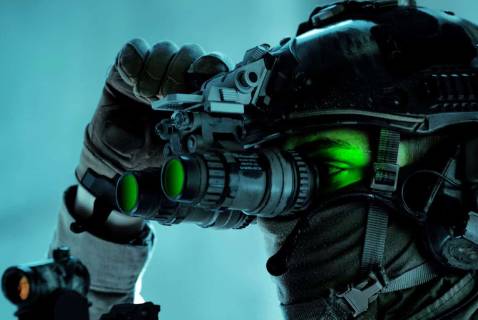

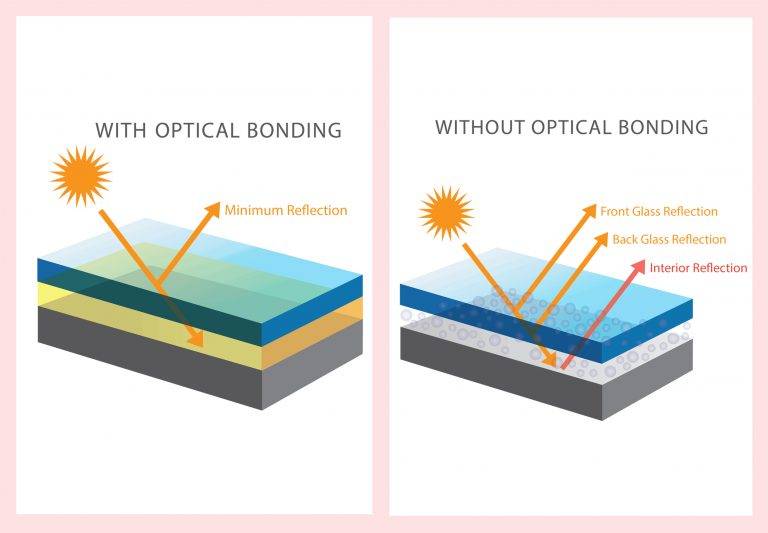
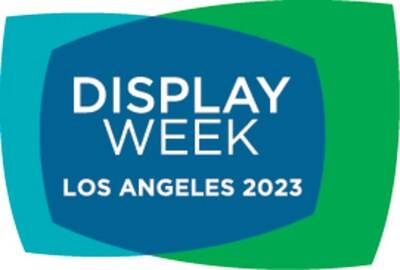
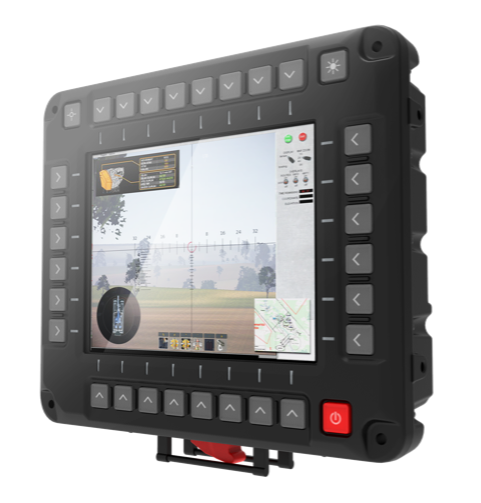



 Submit your project information
Submit your project information Speak with an expert display advisor
Speak with an expert display advisor